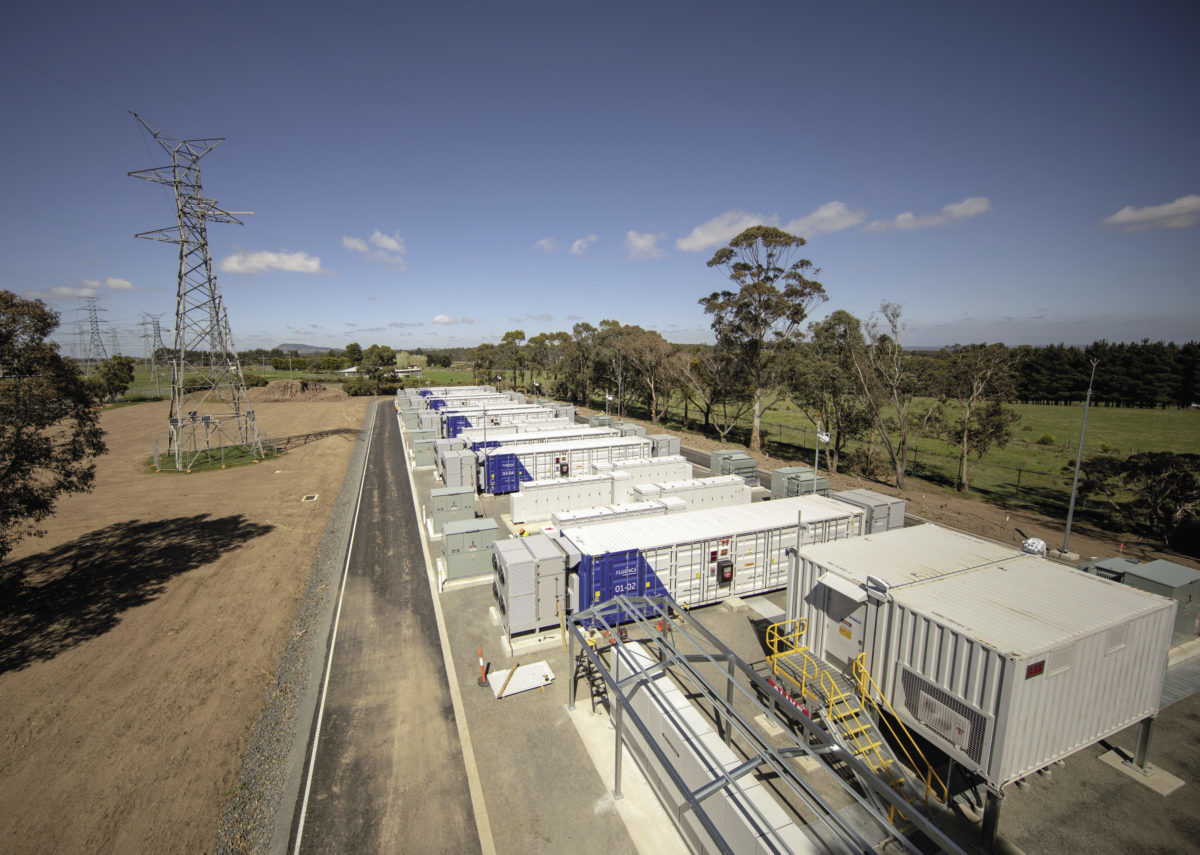Energy storage is pivotal for grid flexibility, balancing power surplus and deficit. The Central Electricity Authority (CEA) projects India will install 34 gigawatts (GW) or 136 gigawatt-hours (GWh) of battery energy storage by 2030. However, sourcing raw materials for these technologies, particularly rare earth minerals, presents significant challenges due to their scarcity in India.
Addressing these issues, the government announced a Viability Gap Funding scheme, allocating INR 3,760 crore to develop 4,000 MWh of battery storage systems. This initiative aims to enhance renewable energy integration into the power grid.
The International Energy Agency’s India Energy Outlook 2021 anticipates India could achieve 140-200 GW of battery energy storage capacity by 2040, the largest globally. The push for renewable energy, decentralized power systems, hybrid energy deployment, and the need for grid stability and energy security will drive this momentum.
Battery energy storage systems (BESS) have emerged as an anchor for enabling the widespread integration of renewable energy sources. The intermittent nature of wind and solar power can be smoothed out and made reliable through BESS, a vital component in the renewable energy ecosystem.
For instance, India’s abundant sunshine year-round makes solar energy a cornerstone of its renewable strategy. Solar power is rapidly gaining traction, and Battery Energy Storage Systems (BESS) are playing a crucial role in the same. These systems store surplus energy generated during sunny days, ensuring a steady power supply during nighttime or cloudy periods. This not only enhances reliability but also cuts down on reliance on fossil fuels.
In addition to this, the EV sector is gaining momentum due to BESS. The Indian government’s ambitious electrification of transportation is revolutionizing the BESS industry. The rising popularity of electric vehicles (EVs) hinges on advanced lithium-ion batteries. Innovations in battery technology are extending driving ranges, reducing charging times, and boosting energy efficiency, positioning EVs as a practical and eco-friendly alternative to conventional vehicles.
India’s battery energy storage system market is estimated to be at $3.1 billion by the end of this year and is projected to reach $5.27 billion in the next five years, registering a CAGR of over 11.20% during the forecast period.
Battery Energy Storage Systems (BESS) are crucial to transforming renewable energy integration and grid stability through several critical mechanisms.
BESS swiftly adjusts energy flow to regulate grid frequency, which is crucial for averting outages and sustaining grid health amid fluctuating demands. With the surge in electric vehicles (EVs), BESS facilitates EV integration by bolstering fast-charging infrastructure and managing grid load.
These systems promptly respond to grid voltage and frequency fluctuations, offering essential services like frequency regulation and voltage support. By buffering these changes, BESS mitigates blackouts and ensures consistent power supply, even during abrupt shifts in energy supply or demand. Furthermore, they alleviate grid congestion, potentially deferring investments in new transmission lines.
Besides this, during peak electricity demand, BESS performs peak shaving by releasing stored energy, easing grid strain. This not only cuts electricity costs but also enhances grid stability.
Pairing BESS with solar and wind installations smoothens these sources’ variability, boosting their reliability and competitiveness against fossil fuel-based power. It can also enable energy arbitrage—storing energy during low-demand periods for sale at peak prices—promoting efficient electricity usage and economic gains. In emergencies, BESS offers backup power, critical for facilities like data centers and hospitals, bolstering energy supply reliability.
Recent strides in battery technology are revolutionizing battery energy storage systems by enhancing performance, cost-effectiveness, and longevity. Innovations like solid-state and flow batteries, along with advanced lithium-ion variants, are broadening the scope of energy storage applications. This technological evolution is democratizing access to BESS, making it economically feasible for diverse sectors. Technological advancements in new battery technologies to store energy and India’s target to reach around 500 GW of renewable capacity by 2030 will also create lucrative growth opportunities for the India BESS market during the forecast period.
India’s rapid economic expansion, coupled with governmental emphasis on clean energy and electric mobility, has ignited a surge in battery demand. From powering electric vehicles to storing renewable energy, BESS is pivotal in reshaping India’s energy sector.
This content is protected by copyright and may not be reused. If you want to cooperate with us and would like to reuse some of our content, please contact: editors@pv-magazine.com.








BESS have good opportunity for business and power demand.